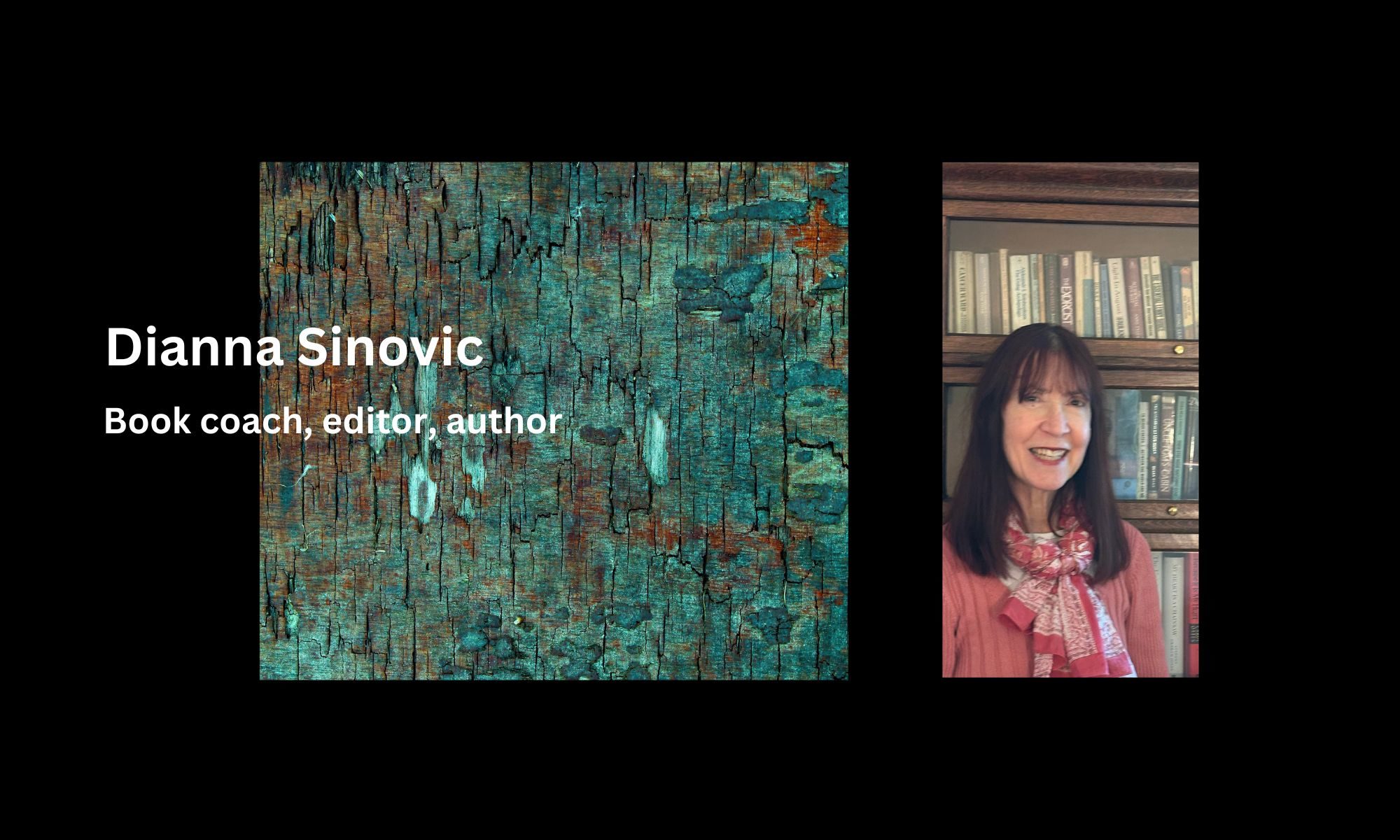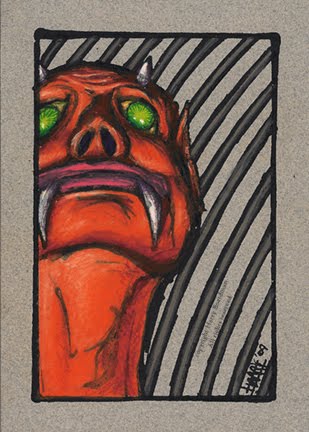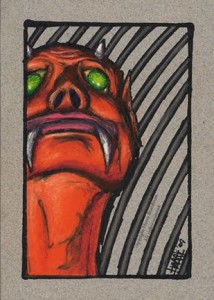
This week my son turns 21. In this part of July, that makes him a Cancer, one of the summer signs of the Zodiac. I have always thought of Cancer as a less than perfect name for a star sign, given its somber medical meaning. But the word Cancer is Latin for crab, and the constellation of the Cancer is meant to represent a mythical crustacean that was cast up into the heavens after Hercules smashed it with a club.
Cancer is one of the fainter constellations in the night sky, even if in myth the mighty crab was formidable. In the rural area where I live, I am fortunate to be able to see a fair number of constellations and the stars that make up their structures.
As a budding astronomer with a new (used) reflector telescope, my son has shown me Taurus and Cassiopeia and Orion and other residents of the winter sky, but we haven’t done much stargazing so far this summer. The nights have been either cloudy or saturated with moonlight, except for a rare few that were clear.
He did locate Cancer, but it was the treasure that lies adjacent to it that he was seeking: the Beehive cluster, an intense concentration of stars that looks like a wisp of a cloud (in a dark sky). I was impressed.
Despite its dimness in the heavens, Cancer holds a prominent place in terrestrial geography. About 3,000 years ago, according to EarthSky.org, the sun was in Cancer at the summer solstice. (It’s now in Taurus; the Milky Way has been on the move.) To mark that northern journey of the sun, the line that marks the turning point, when the sun direct rays turn back south, is called the Tropic of … Cancer.
A common misunderstanding – and I am guilty of this – is that because Cancer is a summer Zodiac sign, the constellation should be visible now. It is not. The sun shines in front of Cancer and Leo during the summer, but in six months or so, they will be rising in the night sky. Gemini, Cancer, and Leo are winter constellations.
I will have to wait for chilly weather to see the Beehive again.




